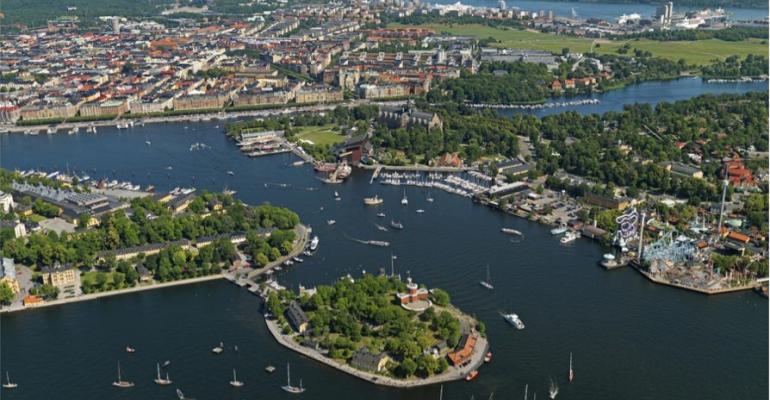‘Our thoughts are with the Ukrainian people and we are once again facing uncertain times ahead. We had hoped that 2022 would show us what the new normal would be like, but it will most likely not be the case with this tragic situation,’ said Claus Bødker, director of Cruise Baltic.
However, he added, ‘if the COVID-19 situation taught us one thing, it’s how well the cruise industry manages pressure and difficulties.’
During a typical cruise year in the Baltic Sea region, the ports welcome more than 2,000 cruise calls and on good years, this number exceeds 2,500 calls. If 2022 meets the expectations of almost 2,800 calls, it will be the first cruise year closer to normal since the start of the pandemic.
Nearly 1m cruisers in 2021
Despite the ongoing pandemic and the following restrictions, the Baltic Sea region welcomed 648 cruise calls and almost 1m cruisers in 2021. The options regarding cruise destinations were limited, and the cruise ports in Sweden received nearly half of all cruise calls.
The cruise lines currently expect to stick to their Baltic itineraries for 2022, with the exception of calls at St. Petersburg, Bødker noted. Several, including Carnival brands and Norwegian Cruise Line Holdings, among others, have detailed itinerary changes.
The Cruise Baltic Market Review is issued annually with statistics gathered from its 32 port members (in 2021 two new partners joined the network, Hamina in Finland and Sassnitz in Germany) and three additional ports (St. Petersburg, Riga and Kiel) have been included in the analysis to achieve a better view of the entire region.
Copyright © 2024. All rights reserved. Seatrade, a trading name of Informa Markets (UK) Limited.
Add Seatrade Cruise News to your Google News feed.  |

